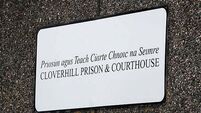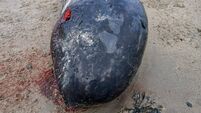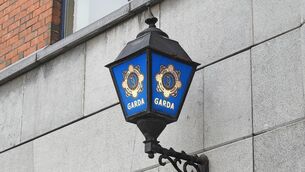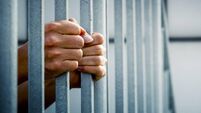Over 3,000 cases of physical restraint
Over 3,000 incidents of physical restraint and almost 1,700 episodes of seclusion were reported to the Mental Health Commission (MHC) in 2011, a year which saw some 18,992 admissions to psychiatric wards and units.
Overall, the use of such restrictive interventions continues to decline, a trend welcomed by the MHC which has been monitoring the situation since 2008.
John Saunders, MHC chairman, said: “It is our view that the use of seclusion and restraint are not standard interventions but emergency measures, which should be used in rare and exceptional circumstances and only in the best interests of the patient when the patient poses an immediate threat of serious harm to self or others.
“Our aim is to encourage approved centres to focus on preventative measures that eliminate or minimise the use of restrictive interventions.”
The reporting system covers the use of seclusion, which means isolating a patient in a locked room; mechanical restraint, which means the use of garments or devices to restrict movement; and physical restraint, which involves the use of physical force by staff.
In 2011, no incidents of mechanical restraint were reported. Just three were reported in 2010, but nine of the 68 mental health facilities said they kept mechanical restraint as an option.
Seclusion accounted for about a third of all the restrictive interventions with males almost twice as likely as females to experience a period in seclusion.
By law, a seclusion order can last no more than eight hours unless an extension is approved by a doctor and three-quarters of all cases fell within the eight-hour time frame but 2% lasted more than three days.
St Joseph’s Intellectual Disability Services at St Ita’s Hospital, which has 140 residents, recorded the highest number of episodes of seclusion. They reported 369 in 2011, a notable decrease on use reported in 2010 when there were 711.
The Central Mental Hospital, which has 92 beds, reported the second highest number of seclusion episodes at 175. Incidents of physical restraint increased slightly, from 2,985 in 2010 to 3,056 in 2011, and it was used with men only slightly more often than with women. The majority of incidents, 90.5%, lasted for 15 minutes or less.
St Joseph’s also recorded the highest number of incidents using physical restraint at 366. In 2010, that figure was 616.
Mr Saunders said that a strategy aimed at further reducing restrictive interventions would soon be published and implemented nationwide.













